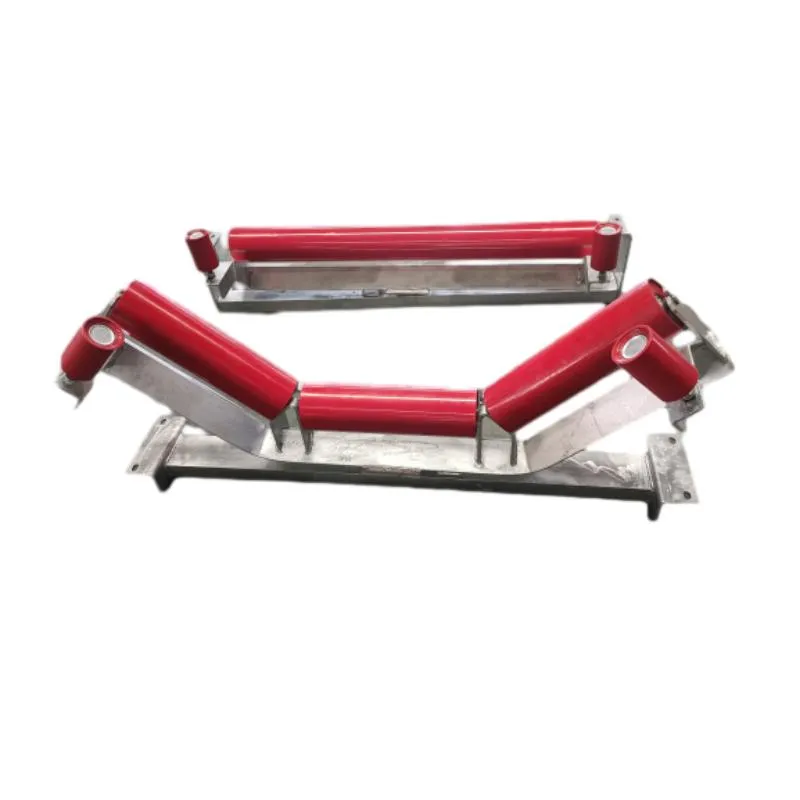 Afrikaans
Afrikaans  Albanian
Albanian  Amharic
Amharic  Arabic
Arabic  Armenian
Armenian  Azerbaijani
Azerbaijani  Basque
Basque  Belarusian
Belarusian  Bengali
Bengali  Bosnian
Bosnian  Bulgarian
Bulgarian  Catalan
Catalan  Cebuano
Cebuano  Corsican
Corsican  Croatian
Croatian  Czech
Czech  Danish
Danish  Dutch
Dutch  English
English  Esperanto
Esperanto  Estonian
Estonian  Finnish
Finnish  French
French  Frisian
Frisian  Galician
Galician  Georgian
Georgian  German
German  Greek
Greek  Gujarati
Gujarati  Haitian Creole
Haitian Creole  hausa
hausa  hawaiian
hawaiian  Hebrew
Hebrew  Hindi
Hindi  Miao
Miao  Hungarian
Hungarian  Icelandic
Icelandic  igbo
igbo  Indonesian
Indonesian  irish
irish  Italian
Italian  Japanese
Japanese  Javanese
Javanese  Kannada
Kannada  kazakh
kazakh  Khmer
Khmer  Rwandese
Rwandese  Korean
Korean  Kurdish
Kurdish  Kyrgyz
Kyrgyz  Lao
Lao  Latin
Latin  Latvian
Latvian  Lithuanian
Lithuanian  Luxembourgish
Luxembourgish  Macedonian
Macedonian  Malgashi
Malgashi  Malay
Malay  Malayalam
Malayalam  Maltese
Maltese  Maori
Maori  Marathi
Marathi  Mongolian
Mongolian  Myanmar
Myanmar  Nepali
Nepali  Norwegian
Norwegian  Norwegian
Norwegian  Occitan
Occitan  Pashto
Pashto  Persian
Persian  Polish
Polish  Portuguese
Portuguese  Punjabi
Punjabi  Romanian
Romanian  Russian
Russian  Samoan
Samoan  Scottish Gaelic
Scottish Gaelic  Serbian
Serbian  Sesotho
Sesotho  Shona
Shona  Sindhi
Sindhi  Sinhala
Sinhala  Slovak
Slovak  Slovenian
Slovenian  Somali
Somali  Spanish
Spanish  Sundanese
Sundanese  Swahili
Swahili  Swedish
Swedish  Tagalog
Tagalog  Tajik
Tajik  Tamil
Tamil  Tatar
Tatar  Telugu
Telugu  Thai
Thai  Turkish
Turkish  Turkmen
Turkmen  Ukrainian
Ukrainian  Urdu
Urdu  Uighur
Uighur  Uzbek
Uzbek  Vietnamese
Vietnamese  Welsh
Welsh  Bantu
Bantu  Yiddish
Yiddish  Yoruba
Yoruba  Zulu
Zulu Understanding the Functionality and Importance of Troughing Rollers in Conveyor Systems
Understanding Troughing Rollers A Key Component in Conveyor Systems
In industrial settings, the efficient and reliable movement of materials is crucial for success. One of the most significant components of conveyor systems that facilitates this process is the troughing roller. This article will delve into the design, function, benefits, and maintenance of troughing rollers, highlighting their importance in various industries including mining, manufacturing, and logistics.
What is a Troughing Roller?
Troughing rollers are a type of roller used in conveyor systems to support the conveyor belt. They are typically arranged in a V or U shape, which creates a trough-like structure. This design allows the roller to hold and transport bulk materials—such as coal, gravel, or grain—more effectively, reducing spillage and ensuring that the material remains on the conveyor belt.
Design and Function
Troughing rollers typically consist of several key components the roller shell, bearing housing, and supporting brackets. The roller shell is usually made from robust materials such as steel or rubber, providing durability and resistance against wear and tear. Bearings are housed within the roller, allowing for smooth rotation and reducing friction during operation.
The primary function of these rollers is to support the weight of the conveyor belt and any materials it carries. By distributing the load evenly, troughing rollers ensure that the belt maintains its shape and integrity throughout its travel. Moreover, the trough shape aids in channeling materials, keeping them securely positioned on the belt while minimizing the risk of spilling, which can lead to material loss and increased operational costs.
Benefits of Troughing Rollers
Troughing rollers come with a multitude of benefits that make them an essential feature of conveyor systems
2. Support and Stability By providing uniform support along the length of the conveyor, these rollers enhance the stability of the belt, which is essential for efficient material handling.
troughing roller

3. Reduced Wear and Tear The design of troughing rollers helps to minimize the frictional forces on the conveyor belt. This not only increases the lifespan of the belt but also reduces maintenance costs over time.
4. Improved Efficiency With better containment and reduced spillage, overhead costs associated with cleanup and replacement materials decrease, leading to improved operational efficiency.
5. Versatility Troughing rollers can be used in various applications, ranging from heavy industries such as mining to lighter applications in manufacturing and assembly lines.
Maintenance of Troughing Rollers
Maintaining troughing rollers is crucial for ensuring their optimal performance. Regular inspections should be conducted to check for wear on the roller shells and bearings. Proper maintenance procedures include
1. Lubrication Bearings should be regularly lubricated to minimize friction and prevent premature wear.
2. Alignment Checks Ensuring that rollers are properly aligned reduces unnecessary strain on the conveyor belt and prolongs the life of the system.
3. Replacement of Worn Parts Timely replacement of worn components, such as bearing seals and roller shells, is vital to prevent larger issues that could disrupt operations.
4. Monitoring Load Capacity Regularly assessing the load capacity being placed on the rollers ensures that they are not overloaded, which can lead to premature failure.
Conclusion
Troughing rollers are essential to the functionality and effectiveness of conveyor systems across various industries. Their ability to support and contain bulk materials significantly enhances material handling processes, improving efficiency and reducing costs. Understanding their design, function, and maintenance needs can lead to more effective use of these critical components, ensuring that conveyor systems operate smoothly and reliably for years to come. Whether in mining, manufacturing, or logistics, the impact of troughing rollers cannot be overstated in today's fast-paced industrial environment.
-
Trusted Conveyor Solutions from Leading Conveyor Idler Roller ManufacturersNewsJun.27,2025
-
Reliable Return Idler Solutions for Efficient Belt Conveyor SystemsNewsJun.27,2025
-
Precision Conveyor Accessories for Streamlined Material HandlingNewsJun.27,2025
-
High-Quality Belt Conveyor Idler Solutions for Efficient Material HandlingNewsJun.27,2025
-
High-Performance Belt Conveyor Pulleys for Reliable Material HandlingNewsJun.27,2025
-
Enhancing Material Handling EfficiencyNewsJun.27,2025





























